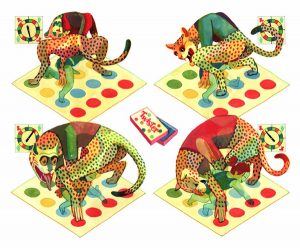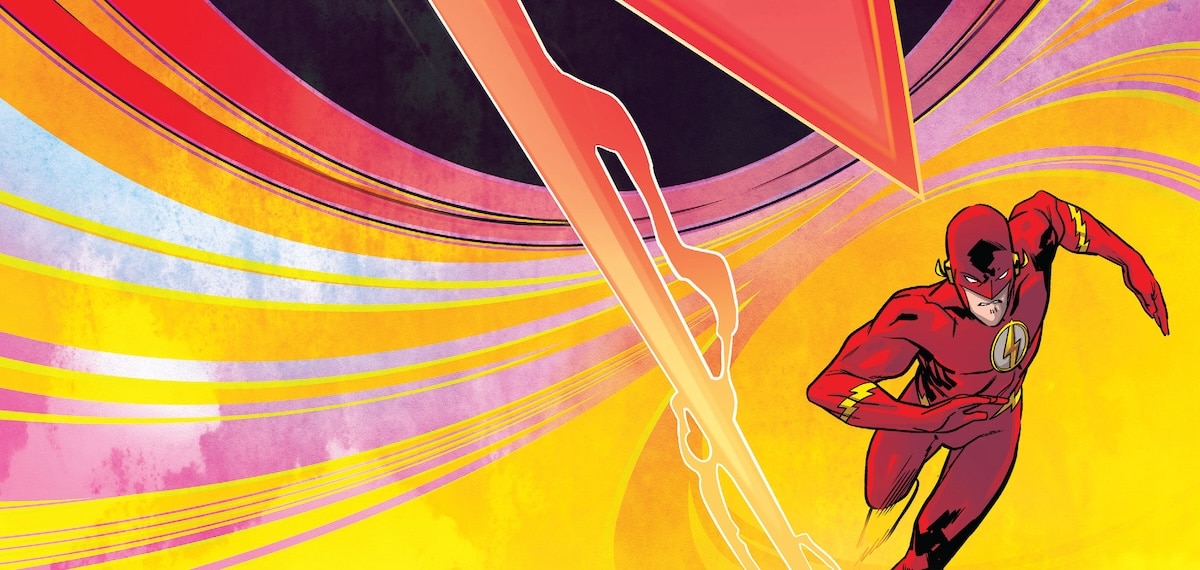Unfolding like a children’s book gone horribly wrong, Brecht Evens’ Panther begins with the death of Christine’s cat and the appearance what might be an imaginary friend designed to take its place and ease the sadness of the loss. Panther springs out of Christine’s bottom drawer and into her life with a sly charm that becomes slowly more unsettling as the story continues, not unlike the Cat In The Hat, actually.
At first, there’s an innocence to their exchanges, as with their first meeting when Panther tells Christine about his native Pantherland and it evolves into Panther adjusting his tale according to prompts from Christine, telling her exactly what she wants to hear. It’s obvious that Christine craves control of this fantasy and Panther is only too willing to oblige her.

But fantasies are self-created escape systems, and the self is usually a horribly flawed thing. What lurks inside us is as informed by our terrors, our despair, our inability to seize control of any situation, as it is by our hopes, our dreams, our strengths.
And fantasies that spring forth might be designed to dispel the darkness, but the darkness from within is a part of them as well. That’s what overtakes Christine’s encounter with Panther, as other elements are introduced that awakens unease in Christine, even though it might be too late to do anything about any of that.
Besides, Panther’s a liar from the beginning, right? He’s actually a leopard, isn’t he? So how can we even trust him?
Evens has, over several releases, shown himself to be a master at his use of color and cacophony in unison to create his worlds. In Panther he outdoes himself. He exudes wonder and darkness in context of a child, and at times channels the great Ludwing Bemelmans with his stark sweeps of visual poetry mixing intense colors and abstract movement into the storytelling. It’s the perfect filter through which to present a coming of age fable that often strikes way too close too home in the reader’s own experience of what it is like to enter that questionable world beyond our safe childhood rooms — or to let that world come in on its own and change even our most trusted totems of innocence.








more of this please. great review,
I’m gonna have to look out for this.
Comments are closed.